Jiangsu sets sights on science, tech
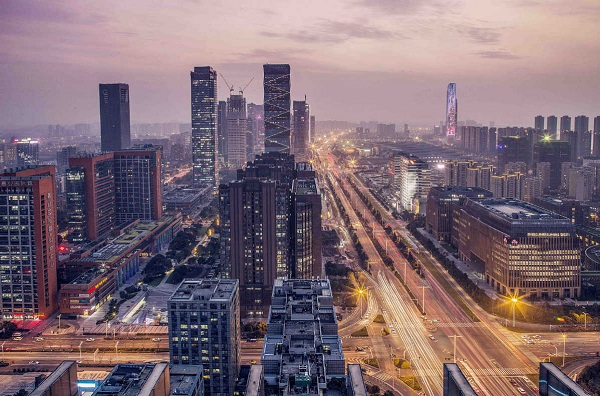
An aerial view of Hexi, the central business district of Nanjing, Jiangsu province. PHOTO PROVIDED TO CHINA DAILY
Jiangsu province will create a world-class environment for the science and technology industry to promote high-quality economic development and improve people's livelihoods as the province embarks on its journey toward achieving the goal of common prosperity.
In November, President Xi Jinping visited Jiangsu and stressed that the province should focus on its important role in the development of both the Yangtze River Economic Belt and the nation as a whole, and it should seriously plan for its own development during the 14th Five-Year Plan period (2021-25).
Xi also said that Jiangsu should strive to set an example for other provinces in terms of reform and innovation and to be a model promoter of high-quality development, and it should take the lead in realizing socialist modernization.
Lou Qinjian, secretary of the Jiangsu Provincial Committee of the Communist Party of China, said that the province has followed Xi's guidance and made remarkable strides in economy, innovation and the science and technology industry.
With its GDP hitting a record high of 10.27 trillion yuan ($1.6 trillion) last year, surpassing 90 percent of the world's economies, it now accounts for more than 10 percent of the country's total economy.
The province's GDP in 2020 surpassed that of Australia and Spain, close to that of South Korea.
Its per capita GDP in 2020 reached 125,000 yuan, topping all provincial regions, according to the Jiangsu Development and Reform Commission.
The per capita disposable income of the province's residents was 43,400 yuan, up nearly 50 percent from 2015, according to the commission.
And the province's actual use of foreign capital reached $28.38 billion, highest in the country, while its combined import and export volume hit a record high 4.45 trillion yuan, second nationwide.
From 2013 to 2020, Jiangsu's GDP rose by an average of 7.3 percent every year. Despite COVID-19, it increased 3.7 percent last year, according to the Jiangsu Information Office.
Based on its advantages in education and scientific research, Jiangsu had 167 universities and colleges, 890,000 researchers and 105 academicians of the Chinese Academy of Sciences and the Chinese Academy of Engineering by the end of last year, according to the information office.
It has established 190 key national and provincial laboratories, 276 service platforms for science and technology and 3,978 engineering technology research centers.
The number of high-tech companies in the province exceeded 32,000 last year and has become an important impetus for the high-quality development of the manufacturing industry, the office said.
According to its department of science and technology, Jiangsu has become one of China's beacons of innovation.
It invested more than 280 billion yuan in research last year, about 2.2 times as much as in 2012.
The province also aids more than 1,100 outstanding young scientists and researchers every year and supports more than 100 key technology research projects, including 6G, quantum technology and artificial intelligence, according to the department.
Further, Jiangsu has established joint research and development funds with eight countries, including Israel, the United Kingdom and Finland, as well as a long-term scientific cooperation mechanism with more than 70 countries and regions, the department said.
"Achieving the goal of common prosperity is a solemn commitment made by our Party to the people," Lou said. "Jiangsu has been striving to practice the new development concept and boost high-level and all-around development."
"Efforts have been made to enrich and improve the connotation and standards of building a well-off society in a comprehensive way in the province," Lou said. "We have implemented many objectives and tasks and have achieved the goal of establishing an all-around well-off society at a high level."
This year, Jiangsu is aiming for economic growth of more than 6 percent and in the next five years will strive to achieve per capita GDP of more than 150,000 yuan.
Lou added that the province will strengthen communication and cooperation with East Asian countries and others around the world.
More than 110,000 foreign students currently live in the province. In turn, more than 1,200 local artists and performers have traveled to 45 countries in recent years, according to the provincial development and reform commission.
By May, Jiangsu had donated COVID-19 protective materials worth more than 40 million yuan to 217 cities in 43 countries.
The province invested $20.9 billion in foreign countries during the 13th Five-Year Plan period (2016-20), while its combined import and export volume to countries along the Belt and Road Initiative increased by an average of 9.2 percent every year, according to the commission.
It now operates 80 international shipping container routes and more than 100 international airline routes. Travelers in the province can fly directly to 85 percent of major trading countries and domestic regions.
Guo Jun contributed to this story.

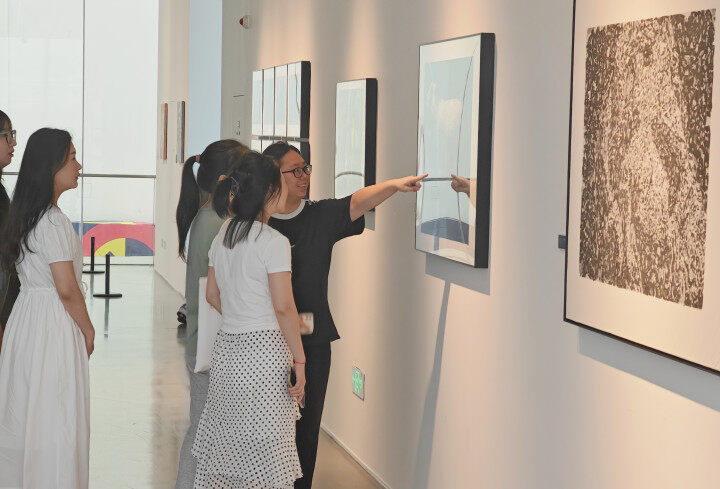
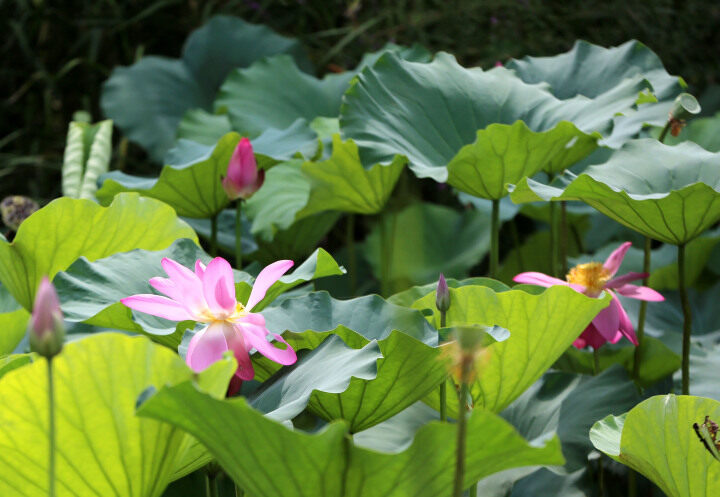
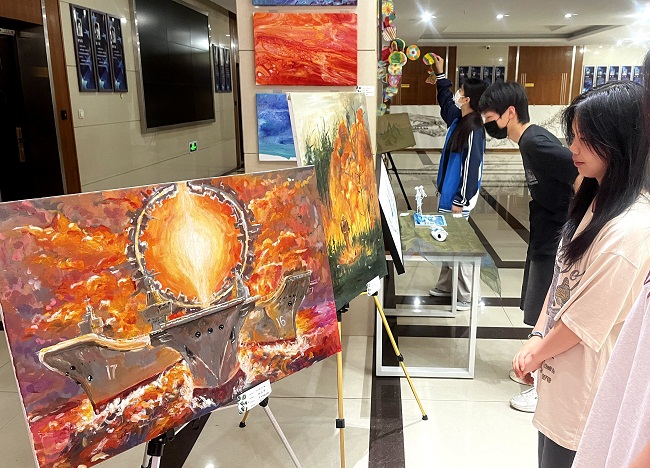
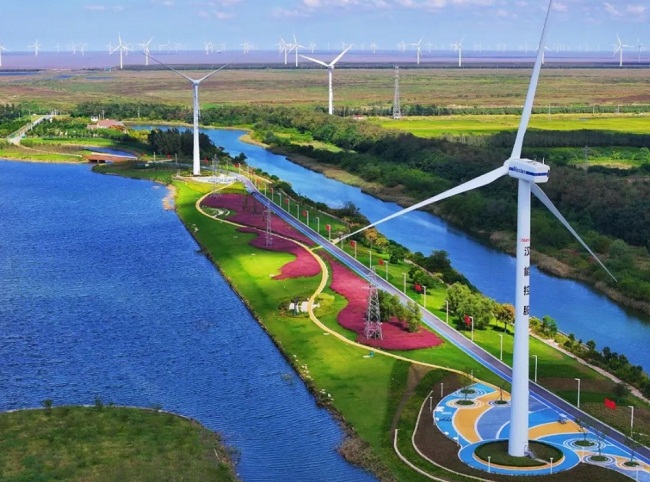
 TRANSPORTATION
TRANSPORTATION EDUCATION
EDUCATION HEALTHCARE
HEALTHCARE USEFUL NUMBERS
USEFUL NUMBERS